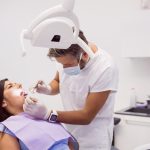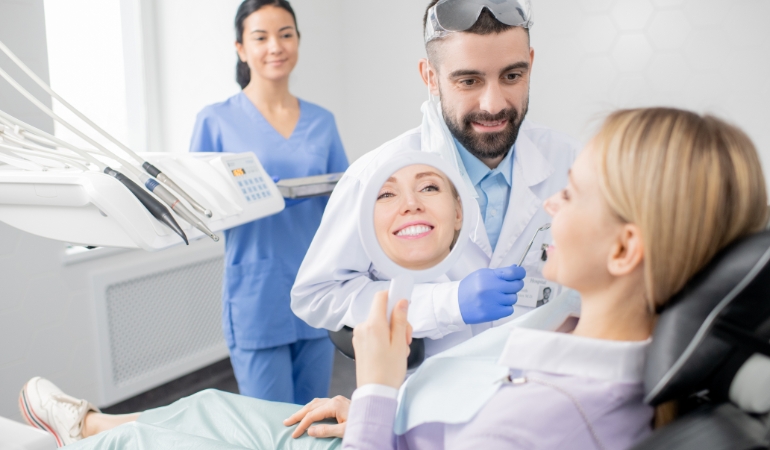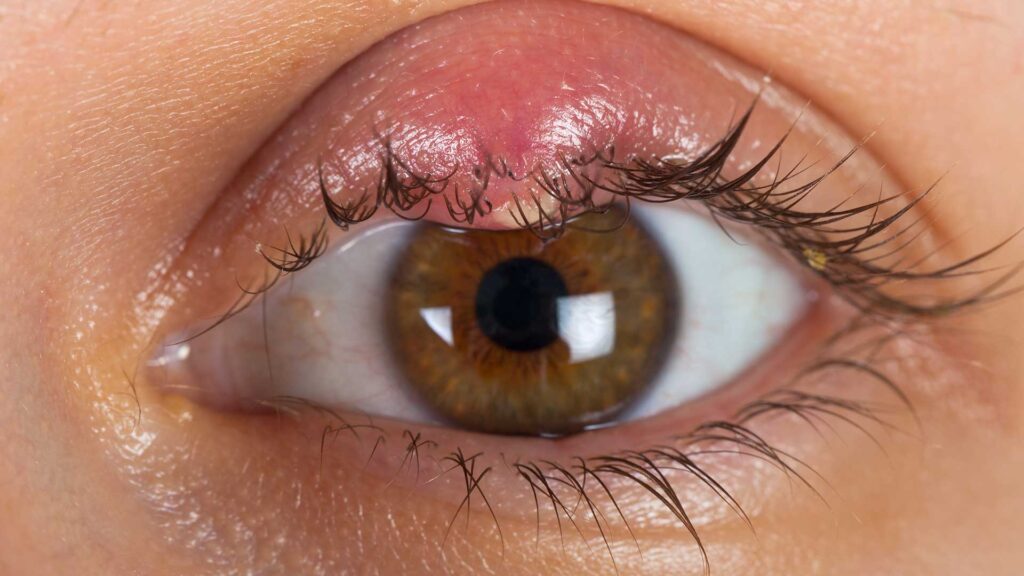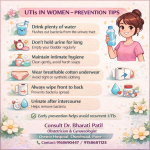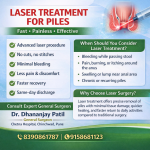A chalazion is a small, benign, slow-growing lump or cyst that forms on the eyelid due to the blockage of a meibomian gland. These glands produce oils that lubricate the eye’s surface. When one of these glands becomes blocked, it causes inflammation, leading to the formation of a chalazion. Although often harmless, chalazia can cause discomfort, swelling, and sometimes impair vision if they become large enough. In this blog, we’ll explore what a chalazion is, its causes, symptoms, diagnosis, and treatment options.
What is a Chalazion?
A chalazion is not the same as a stye (hordeolum), though they are often confused due to their similar appearance. While a stye is an infection of the oil glands at the base of the eyelash, a chalazion results from a blocked oil gland further up in the eyelid. Chalazia are usually painless unless they become infected, at which point they may resemble a stye in terms of discomfort. Unlike a stye, a chalazion is generally not associated with an active bacterial infection, making its treatment and progression somewhat different.
Chalazia tend to grow slowly over time and may resolve on their own, but in some cases, medical intervention may be necessary. They can occur on both the upper and lower eyelids, though they are more common on the upper eyelid due to the greater number of meibomian glands located there.
Causes of Chalazion
Chalazia are caused by the blockage of a meibomian gland in the eyelid. The oil (sebum) produced by these glands helps prevent the evaporation of tears from the surface of the eye. However, if the oil becomes too thick or the gland becomes blocked, the oil can’t flow out of the gland, causing a chalazion to form.
Several factors can contribute to the development of chalazia, including:
- Blepharitis: Chronic inflammation of the eyelids can increase the likelihood of gland blockages.
- Seborrheic Dermatitis: This condition causes flaky skin and may affect the oil-producing glands of the eyelids.
- Rosacea: Individuals with rosacea, a skin condition that causes redness and inflammation, may be more prone to chalazia.
- Previous Styes: Repeated infections or styes can lead to scarring and dysfunction of the meibomian glands.
- Poor Eye Hygiene: Poor eyelid hygiene, especially in individuals who wear makeup or contact lenses, can increase the risk.
- Stress and Hormonal Changes: These can influence oil production and may lead to blockages in the glands.
Symptoms of a Chalazion
The primary symptom of a chalazion is a lump or swelling on the eyelid. Initially, it may look like a stye, causing slight tenderness, redness, and swelling. However, as it grows, the discomfort usually diminishes, and the lump may become firm and painless. Chalazia can vary in size, from a small pea-sized bump to larger, more noticeable growths.
Key symptoms include:
- Swelling on the Eyelid: A localized lump, usually in the upper eyelid, but it can occur in the lower eyelid as well.
- Redness and Inflammation: The affected area may appear red and slightly swollen, especially in the early stages.
- Tenderness: While chalazia are typically painless, they can cause mild tenderness when first developing.
- Blurry Vision: In cases where a chalazion grows large, it can press against the eyeball, causing blurred vision.
- Irritation or Foreign Body Sensation: Some people may experience a sensation of having something in their eye due to the size and location of the chalazion.
Diagnosis of Chalazion
A chalazion is usually diagnosed through a physical examination by an ophthalmologist or optometrist. The doctor will examine the eyelid and the lump to differentiate it from other eye conditions like styes, cysts, or eyelid tumors. In most cases, no special tests are needed. However, in rare cases where a chalazion does not resolve or recurs frequently, the doctor may perform additional tests or recommend a biopsy to rule out other conditions such as skin cancer.
Prevention of Chalazion
Preventing chalazia involves maintaining good eye hygiene and managing any underlying conditions like blepharitis or rosacea that may contribute to gland blockages. Some preventive measures include:
- Regular Cleaning of the Eyelids: Use a mild cleanser or baby shampoo diluted with water to gently clean the eyelids, especially along the lash line, to remove excess oil and debris.
- Avoid Touching the Eyes: Keep hands away from the eyes, especially if they are dirty or oily, to prevent the introduction of bacteria or blockages.
- Manage Skin Conditions: If you have conditions like rosacea or seborrheic dermatitis, work with a dermatologist or ophthalmologist to manage them effectively.
- Replace Makeup Regularly: Old or contaminated makeup can introduce bacteria to the eyelids, increasing the risk of blockages and infections.
- Warm Compresses for Chronic Blepharitis: If you have chronic blepharitis or meibomian gland dysfunction, applying warm compresses regularly can help prevent the formation of chalazia.
Complications
Although most chalazia are harmless and resolve on their own, complications can arise, especially if the chalazion becomes infected or persists for a long time. In such cases, it can lead to:
- Scarring: Chronic or untreated chalazia may cause scarring of the meibomian glands, which can affect their function.
- Recurrent Chalazia: Some individuals may develop multiple or recurrent chalazia, especially if underlying conditions like blepharitis are not managed.
- Vision Problems: Large chalazia can press on the eyeball, causing astigmatism or other vision disturbances.
When to See a Doctor
You should see an ophthalmologist if a chalazion does not improve after several weeks of home care, grows large enough to affect your vision, or if you experience pain, excessive redness, or drainage from the lump. Medical evaluation is also necessary if you have recurrent chalazia, as it may indicate an underlying condition that needs treatment.
Conclusion
Chalazia are common eyelid lumps caused by blocked meibomian glands. While they are generally harmless and resolve on their own, larger or persistent chalazia may require medical treatment. Proper eyelid hygiene, managing underlying conditions, and early intervention can help prevent and treat chalazia effectively. If you notice any persistent or recurrent lumps on your eyelids, consult an eye care professional for appropriate diagnosis and treatment options.
For Consultation Contact us on 9168690448
Website – www.chetnahospital.co.in
Address – Chetna Hospital, Sambhajinagar, MIDC, G Block, Near Rotary Club, Chinchwad 411019
.
.
.
#hospital#pune#pcmc#chinchwad#medical#medicalservices#dryeyetreatment#dryeyerelief#dryeyedisease#dryeyetherapy#catract#catractsurgery#catracteyesurgery#catracteyeoperation#eyedoctor#eye#glaucoma#conjunctivitis#ophthalmologist#eyediseases#eyepain#pinkeye#hazeleyes#myopia#eyeinfection#amblyopia#dryeyesyndrome#eyeproblems#motibindu#motibinduoperation



